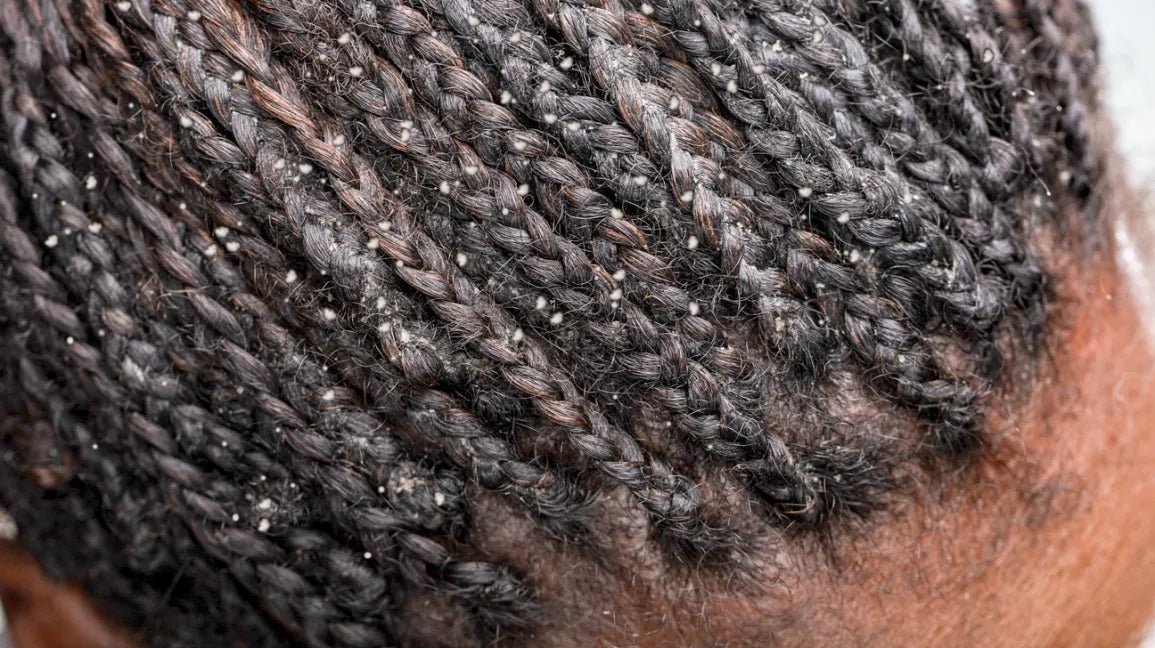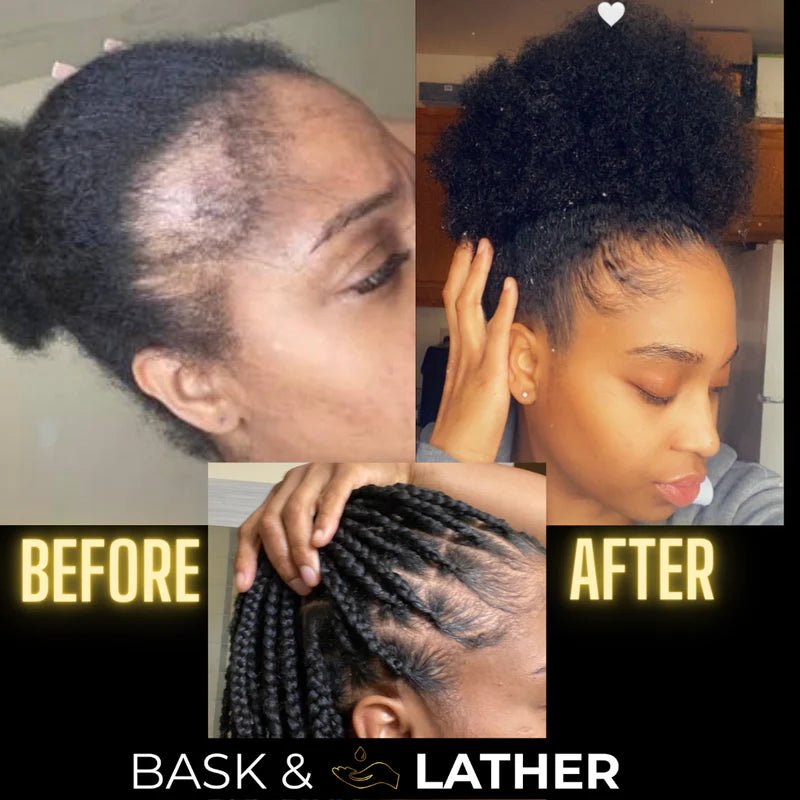
Every September, we observe Alopecia Awareness Month, a time to shed light on a condition that affects millions of people worldwide. Alopecia is a hair loss disorder that can be emotionally and psychologically challenging for those who experience it. In this article, we'll explore what alopecia is, how to recognize its signs, and the potential use of hair growth oils to help reverse its effects.
What is Alopecia?
Alopecia is a broad term used to describe hair loss or baldness.
There are several types of alopecia, but the most common form is alopecia areata, an autoimmune disorder in which the body's immune system mistakenly attacks hair follicles, resulting in hair loss. Alopecia can affect individuals of all ages, genders, and backgrounds, and it can manifest in various ways.
Signs of Alopecia
Recognizing the signs of alopecia is essential for early intervention and treatment. Here are some common signs and symptoms:
-
Patchy Hair Loss: In alopecia areata, hair loss typically occurs in small, round, and well-defined patches on the scalp, although it can affect other areas of the body, including the eyebrows and beard.
-
Sudden Hair Thinning: Some individuals may experience diffuse hair thinning or gradual hair loss over time. This type of alopecia is known as alopecia androgenetic and is more common in men.
-
Complete Baldness: In severe cases, individuals may lose all the hair on their scalp, a condition known as alopecia totalis, or even all the hair on their body, termed alopecia universalis.
-
Tingling or Itching Sensation: Before hair loss occurs, some people report experiencing tingling, itching, or discomfort in the affected area.
Using Hair Growth Oils to Reverse Alopecia
While there is no known cure for alopecia, various treatments aim to manage its symptoms and promote hair regrowth. One promising approach is the use of hair growth oils, which can help stimulate hair follicles and encourage regrowth. Here's how they may work:
-
Essential Oils: Essential oils such as rosemary, lavender, and peppermint have been studied for their potential to promote hair growth. They are believed to improve blood circulation to the scalp, nourish hair follicles, and strengthen hair strands.
-
Massage: When applying hair growth oils, massaging them into the scalp can enhance their effectiveness. Massage increases blood flow to the scalp, which may stimulate dormant hair follicles.
-
Consistency: Achieving noticeable results with hair growth oils often requires consistent use over an extended period. Patience is key, as it can take several months to see improvement.
Product Recommendation: Grow It and Keep it Bundle
With this bundle, it contains our best selling scalp stimulating hair oil and hair elixir. Both are formulated with key essential oils to soothe the inflamed scalp. Then, the minerals and vitamins from the oil will penetrate into the hair follicles to repair and rejuvenate. This will cause them to strengthen and heal so as to start the hair growth process. As well as, the oils will aid in increasing blood circulation to the scalp to promote the hair follicles to function as it should by producing hair growth. With this bundle, you must be consistent! This hair growth bundle deal is for a 3-month supply of our best-selling hair growth products! In 3 months' time, this hair growth kit will have you will be long on your way to achieving your hair growth goals! This bundle will help you grow long, thick beautiful hair AND help you retain your new length.
In conclusion, Alopecia Awareness Month serves as a reminder of the challenges faced by those dealing with hair loss conditions like alopecia. Recognizing the signs of alopecia is the first step toward seeking help and finding appropriate treatments. While hair growth oils may offer potential benefits in stimulating hair regrowth, they should be used as part of a comprehensive approach to managing alopecia, guided by healthcare professionals who can tailor a treatment plan to your individual needs. Together, we can raise awareness and support those affected by alopecia in their journey towards healthier, fuller hair.


